Home>Furniture & Design>Interior Design Trends>What Is Alabaster Glass
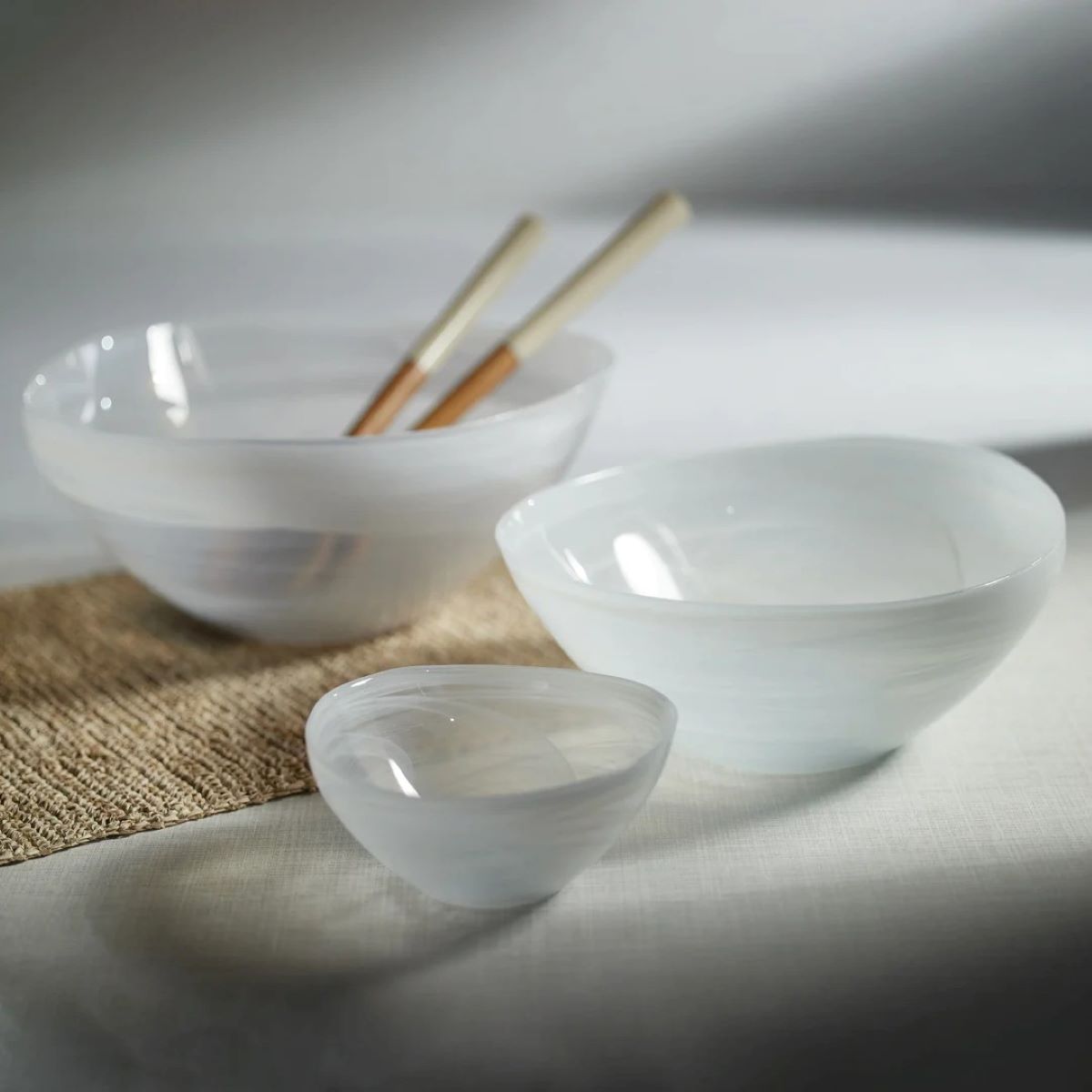

Interior Design Trends
What Is Alabaster Glass
Published: February 7, 2024
Discover the timeless elegance of alabaster glass in interior design trends. Learn how to incorporate this classic material into your home decor for a touch of sophistication.
(Many of the links in this article redirect to a specific reviewed product. Your purchase of these products through affiliate links helps to generate commission for Storables.com, at no extra cost. Learn more)
Introduction
Alabaster glass, a material that exudes timeless elegance and ethereal beauty, has been a staple in interior design for centuries. This exquisite material, often used in lighting fixtures, decorative accents, and architectural elements, possesses a unique allure that captivates the senses and elevates the ambiance of any space.
The allure of alabaster glass lies in its ability to diffuse light in a soft, warm glow, creating a serene and inviting atmosphere. Its translucent quality allows light to permeate through its surface, casting a gentle radiance that adds a touch of sophistication to any room. Whether used in pendant lights, table lamps, or wall sconces, alabaster glass infuses spaces with a sense of understated luxury and refinement.
As a versatile material, alabaster glass seamlessly complements a wide range of interior design styles, from traditional to contemporary. Its subtle veining and delicate texture add depth and character to any setting, making it a popular choice among designers and homeowners alike.
In the following sections, we will delve into the history, characteristics, uses, manufacturing process, and maintenance of alabaster glass, shedding light on the enduring appeal and practical considerations associated with this exquisite material. Whether you are a design enthusiast, a homeowner seeking to enhance your living space, or a professional in the interior design industry, this exploration of alabaster glass will provide valuable insights into the world of this timeless and captivating material.
Key Takeaways:
- Alabaster glass, with its timeless elegance and warm glow, has been cherished throughout history for its ability to create a serene and inviting ambiance in interior spaces, making it a versatile and enduring material in interior design.
- The delicate veining, organic texture, and enduring durability of alabaster glass contribute to its captivating luminosity and timeless allure, making it a cherished element that infuses spaces with warmth, elegance, and understated luxury.
Read more: What Is A Glass Eye
History of Alabaster Glass
The history of alabaster glass dates back to ancient times, where it was revered for its exquisite beauty and versatile properties. The term "alabaster" originates from the ancient Egyptian word "alabaste," which referred to a precious material used in the creation of vessels, ornaments, and even small windows. This early form of alabaster was typically carved from a mineral compound known as gypsum, prized for its translucent appearance and soft, luminous quality when illuminated by natural or artificial light.
During the medieval period, alabaster gained prominence in Europe as a favored material for crafting ornate religious artifacts and sculptures. Artisans and craftsmen recognized the material's ability to diffuse light in a captivating manner, lending an otherworldly aura to religious depictions and architectural elements. The delicate veining and ethereal glow of alabaster imbued these creations with a sense of divine radiance, making it a cherished medium for expressing spiritual and artistic themes.
In the realm of interior design, alabaster glass emerged as a sought-after material during the Art Deco movement of the early 20th century. Designers and architects were drawn to its opulent yet understated allure, incorporating it into lighting fixtures, decorative objects, and architectural details. The use of alabaster glass in this period reflected a fascination with luxurious materials and a desire to infuse interiors with a sense of sophistication and glamour.
Today, alabaster glass continues to captivate designers, homeowners, and enthusiasts of interior design. Its rich history and enduring appeal have solidified its status as a timeless and versatile material, seamlessly blending tradition with modernity. Whether adorning contemporary light fixtures, accentuating minimalist interiors, or adding a touch of old-world charm to classic spaces, alabaster glass remains a symbol of refined elegance and artistic craftsmanship.
The evolution of alabaster glass throughout history underscores its enduring relevance and the enduring allure of its luminous beauty. As we continue to appreciate and integrate this exquisite material into our living spaces, we honor its legacy as a timeless treasure that transcends the boundaries of time and style.
Characteristics of Alabaster Glass
Alabaster glass possesses a distinctive set of characteristics that contribute to its enduring popularity and timeless allure in the realm of interior design. These defining traits make it a coveted material for creating captivating lighting fixtures, decorative accents, and architectural elements. Let's delve into the key characteristics that set alabaster glass apart:
-
Translucency: One of the most captivating features of alabaster glass is its inherent translucency. When illuminated, this material emits a soft, diffused glow that creates a serene and inviting ambiance. The gentle radiance produced by alabaster glass adds a touch of warmth and sophistication to any space, making it an ideal choice for lighting applications.
-
Veining and Texture: Alabaster glass is characterized by delicate veining and a subtle, organic texture that adds depth and visual interest to its surface. These natural variations contribute to the material's unique charm, creating an elegant interplay of light and shadow that enhances its overall appeal.
-
Warmth and Elegance: The warm, golden hues of alabaster glass exude an understated elegance that complements a wide range of interior design styles. Whether used in traditional, transitional, or contemporary settings, alabaster glass infuses spaces with a sense of timeless sophistication and refinement.
-
Versatility: Alabaster glass is a remarkably versatile material that lends itself to various design applications. From pendant lights and chandeliers to wall sconces and decorative objects, alabaster glass can be shaped and crafted into an array of stunning forms, making it a favorite choice for designers and homeowners seeking to elevate their interiors.
-
Durability and Longevity: Despite its delicate appearance, alabaster glass is a durable and long-lasting material that withstands the test of time. When properly cared for, it retains its lustrous beauty and continues to enchant with its captivating luminosity, making it a valuable investment for interior spaces.
The characteristics of alabaster glass converge to create a material that embodies timeless beauty, understated luxury, and versatile appeal. Its ability to infuse spaces with a sense of warmth and elegance, coupled with its enduring durability, positions alabaster glass as a cherished element in the world of interior design. Whether adorning contemporary residences, boutique hotels, or upscale restaurants, alabaster glass remains a symbol of refined craftsmanship and enduring allure.
Uses of Alabaster Glass
Alabaster glass, with its captivating luminosity and timeless elegance, finds versatile applications in interior design, adding a touch of sophistication and allure to various spaces. Its unique properties make it a favored choice for designers and homeowners seeking to elevate the ambiance of their interiors. Let's explore the diverse uses of alabaster glass:
1. Lighting Fixtures
Alabaster glass is widely utilized in the creation of lighting fixtures, including pendant lights, chandeliers, and wall sconces. When illuminated, the translucent nature of alabaster glass diffuses light in a soft, warm glow, creating a serene and inviting atmosphere. Its ability to cast a gentle radiance makes it an ideal material for crafting captivating light fixtures that enhance the visual appeal of any room.
Read more: What Is Glass Art
2. Decorative Accents
In addition to lighting applications, alabaster glass is often incorporated into decorative accents such as vases, bowls, and sculptures. The delicate veining and organic texture of alabaster glass add a layer of visual interest to these decorative pieces, making them exquisite focal points that exude understated luxury and refinement.
3. Architectural Elements
Alabaster glass is also employed in architectural elements, including room dividers, wall panels, and windows. Its ability to transmit light while maintaining a sense of privacy makes it a desirable material for creating elegant partitions and captivating visual transitions within interior spaces. When used in windows, alabaster glass infuses interiors with a soft, diffused light that enhances the overall ambiance of the space.
4. Table Lamps
Table lamps featuring alabaster glass bases or shades are a popular choice for adding a touch of elegance to living spaces, bedrooms, and home offices. The warm, inviting glow emitted by alabaster glass table lamps creates a cozy and intimate atmosphere, making them a cherished addition to interior settings.
5. Art Installations
Artists and designers often incorporate alabaster glass into art installations and sculptural pieces, leveraging its ethereal beauty and captivating luminosity to create compelling visual experiences. Whether used in large-scale installations or smaller art objects, alabaster glass adds a layer of enchantment and sophistication to artistic expressions.
The diverse uses of alabaster glass underscore its versatility and enduring appeal in the realm of interior design. Whether adorning contemporary residences, upscale hospitality venues, or commercial spaces, alabaster glass continues to captivate with its timeless beauty and understated luxury, making it a cherished element in the creation of captivating interiors.
Read more: What Is Glass Fusing
How Alabaster Glass is Made
The process of crafting alabaster glass involves a meticulous blend of artistry and technical expertise, resulting in the creation of exquisite pieces that exude timeless beauty and understated luxury. The journey from raw materials to the finished product encompasses several intricate steps, each contributing to the material's captivating luminosity and versatile appeal.
-
Selection of Raw Materials: The production of alabaster glass begins with the careful selection of high-quality raw materials, including fine gypsum crystals and other proprietary additives. These materials are chosen for their purity, translucency, and ability to undergo the transformation process that yields the characteristic properties of alabaster glass.
-
Mixing and Formulation: The selected raw materials are meticulously mixed and formulated to achieve the desired consistency and translucency. This precise blending process is crucial in ensuring that the resulting material possesses the inherent qualities that make alabaster glass a coveted medium in interior design.
-
Molding and Shaping: Once the raw materials are blended to perfection, the resulting mixture is carefully molded and shaped into the desired forms, such as sheets, blocks, or custom molds for specific design applications. This stage requires precision and expertise to achieve the ideal dimensions and surface characteristics that define alabaster glass.
-
Curing and Solidification: The molded alabaster glass undergoes a curing and solidification process, during which it acquires its distinctive translucency and organic texture. This phase is critical in allowing the material to develop its captivating luminosity and visual depth, setting the stage for the next steps in the production process.
-
Finishing and Polishing: After the alabaster glass has solidified, skilled artisans meticulously finish and polish the surfaces to enhance its natural veining and texture. This meticulous craftsmanship brings out the material's inherent beauty, resulting in a lustrous finish that accentuates its warm, golden hues and captivating luminosity.
-
Quality Control and Inspection: Throughout the production process, stringent quality control measures are implemented to ensure that each piece of alabaster glass meets the highest standards of excellence. This meticulous attention to detail guarantees that the finished products exhibit the exceptional quality and timeless allure that define alabaster glass.
The intricate process of creating alabaster glass exemplifies the fusion of artistry, craftsmanship, and technical precision. From the selection of raw materials to the meticulous finishing and quality control, each step contributes to the material's enduring appeal and versatile applications in interior design. The result is a medium that embodies timeless beauty, understated luxury, and a captivating luminosity that continues to enchant and elevate interior spaces around the world.
Maintenance and Care of Alabaster Glass
Proper maintenance and care are essential for preserving the timeless beauty and luminous allure of alabaster glass. Whether adorning lighting fixtures, decorative accents, or architectural elements, alabaster glass requires gentle attention to ensure its longevity and continued enchanting presence in interior spaces.
Cleaning
Regular cleaning is crucial for maintaining the pristine appearance of alabaster glass. To clean alabaster glass surfaces, use a soft, lint-free cloth dampened with a mild solution of water and gentle liquid soap. Avoid abrasive cleaners or harsh chemicals, as they can damage the delicate surface of the glass. Gently wipe the surfaces in a circular motion, taking care to remove any dust or smudges while preserving the material's natural luster.
Avoiding Direct Sunlight
While alabaster glass beautifully diffuses light, prolonged exposure to direct sunlight can lead to discoloration or fading over time. To preserve the material's warm, golden hues and delicate veining, it is advisable to position alabaster glass elements away from direct sunlight or use window treatments to diffuse harsh rays.
Read more: What Is A Glass Cutter
Preventing Impact and Scratches
Due to its delicate nature, alabaster glass should be shielded from potential impact and scratches. When handling alabaster glass objects or fixtures, exercise caution to prevent accidental bumps or abrasions. Additionally, consider using felt pads or protective coverings to safeguard alabaster glass surfaces from potential damage in high-traffic areas.
Professional Maintenance
For intricate alabaster glass installations or heirloom pieces, seeking professional maintenance and restoration services can ensure that the material retains its exquisite beauty and integrity. Professional artisans and restoration experts possess the expertise and specialized techniques required to address any imperfections or signs of wear, preserving the timeless allure of alabaster glass for generations to come.
Environmental Considerations
Maintaining a stable indoor environment can contribute to the longevity of alabaster glass. Avoid exposing alabaster glass to extreme temperature fluctuations or high levels of humidity, as these environmental factors can impact the material's stability and appearance. By creating a consistent and moderate indoor environment, you can help safeguard the enduring beauty of alabaster glass.
By adhering to these maintenance and care guidelines, you can ensure that alabaster glass continues to enchant with its captivating luminosity and timeless elegance. With proper attention and gentle care, alabaster glass will remain a cherished element in interior design, infusing spaces with its warm, inviting glow and enduring allure.
Conclusion
In conclusion, alabaster glass stands as a timeless and versatile material that has left an indelible mark on the world of interior design. Its rich history, spanning ancient civilizations to modern-day applications, reflects its enduring allure and captivating luminosity. From its origins in ancient Egypt to its prominence in medieval European art and its continued relevance in contemporary design, alabaster glass has transcended time and cultural boundaries, embodying a sense of timeless elegance and understated luxury.
The characteristics of alabaster glass, including its inherent translucency, delicate veining, and warm, golden hues, contribute to its ability to infuse spaces with a serene and inviting ambiance. Whether utilized in lighting fixtures, decorative accents, architectural elements, or art installations, alabaster glass exudes a sense of sophistication and refinement that resonates across diverse interior design styles.
The meticulous process of crafting alabaster glass involves a harmonious blend of artistry, technical expertise, and quality craftsmanship. From the selection of raw materials to the finishing touches, each step in the production process contributes to the material's enduring beauty and versatile applications. The result is a medium that embodies timeless allure, enduring durability, and a captivating luminosity that continues to enchant and elevate interior spaces around the world.
Furthermore, the maintenance and care of alabaster glass are essential for preserving its pristine appearance and ensuring its longevity. By following gentle cleaning practices, avoiding direct sunlight, preventing impact and scratches, and considering professional maintenance when necessary, alabaster glass can maintain its enchanting presence in interior settings for generations to come.
In essence, alabaster glass remains a cherished element in interior design, captivating designers, homeowners, and enthusiasts with its timeless beauty and understated luxury. Its ability to infuse spaces with a sense of warmth, elegance, and ethereal glow positions it as a revered medium that transcends fleeting trends, standing the test of time as a symbol of enduring sophistication and captivating luminosity. As we continue to appreciate and integrate alabaster glass into our living spaces, we honor its legacy as a timeless treasure that enriches the visual and sensory experience of interior design.
Frequently Asked Questions about What Is Alabaster Glass
Was this page helpful?
At Storables.com, we guarantee accurate and reliable information. Our content, validated by Expert Board Contributors, is crafted following stringent Editorial Policies. We're committed to providing you with well-researched, expert-backed insights for all your informational needs.
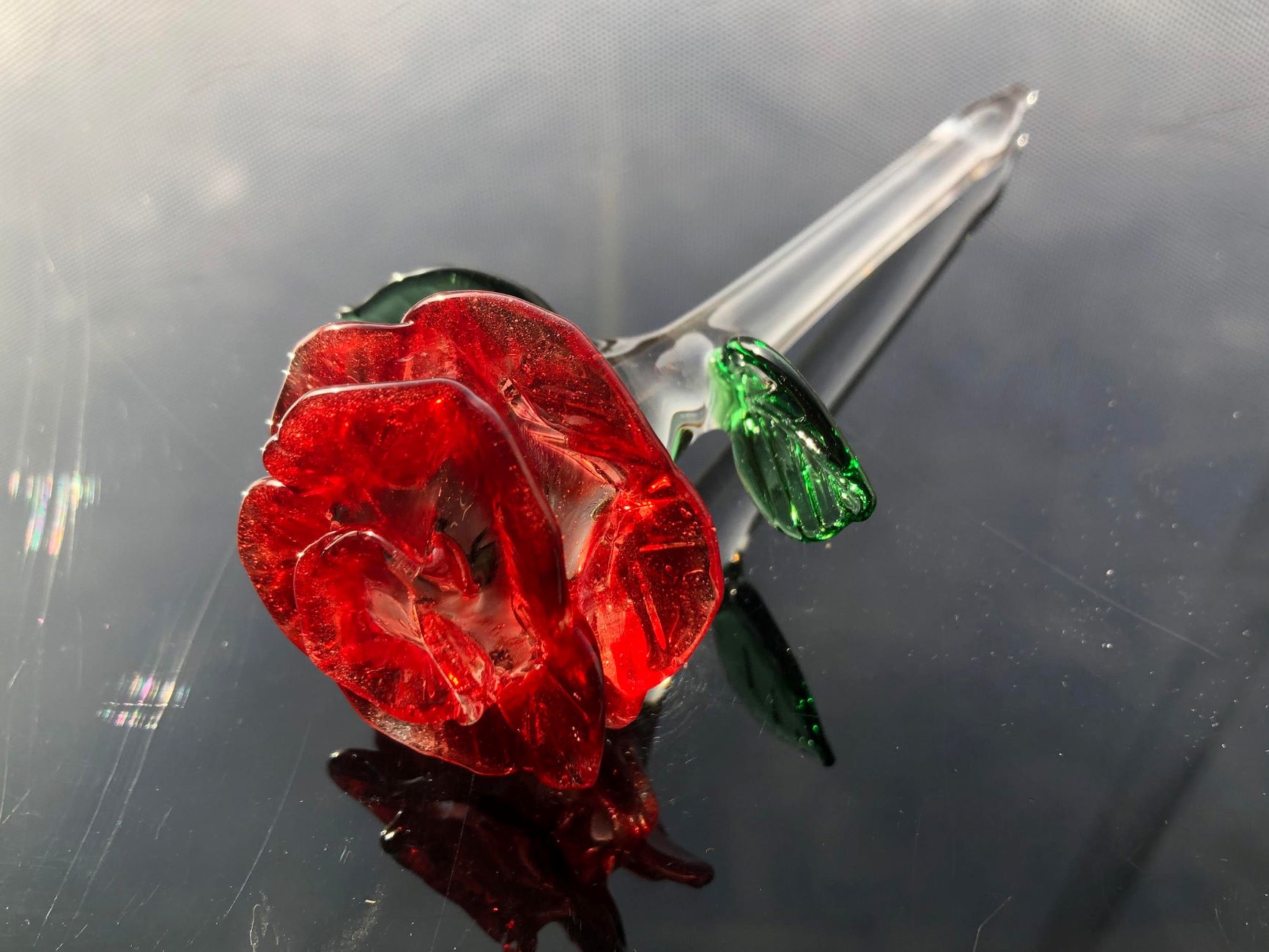
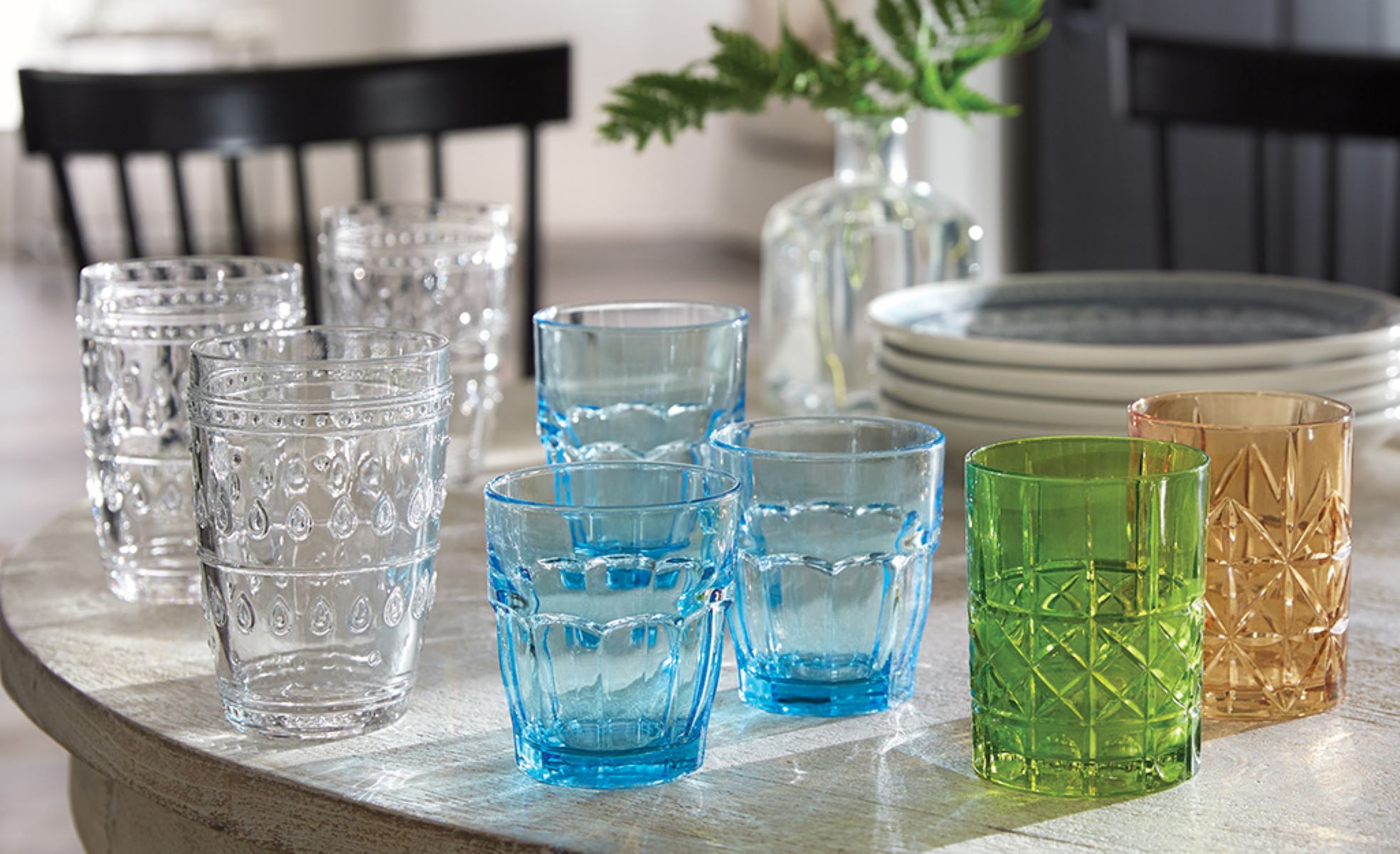
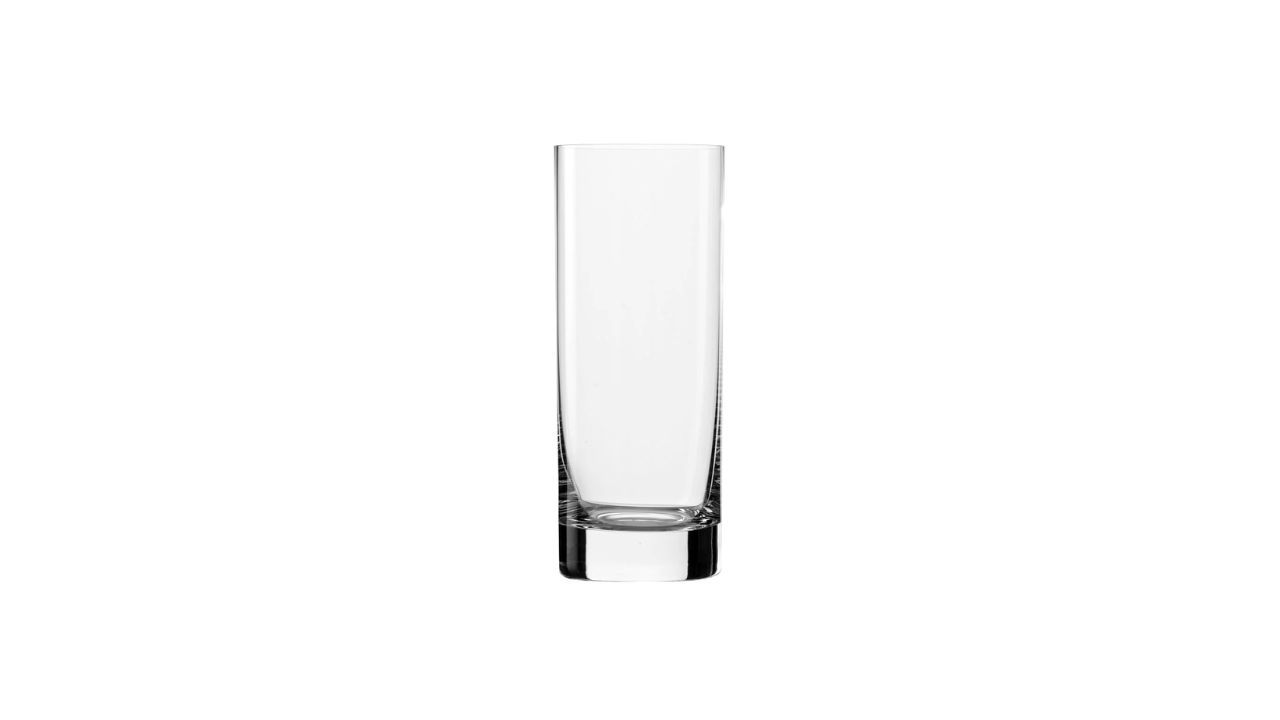
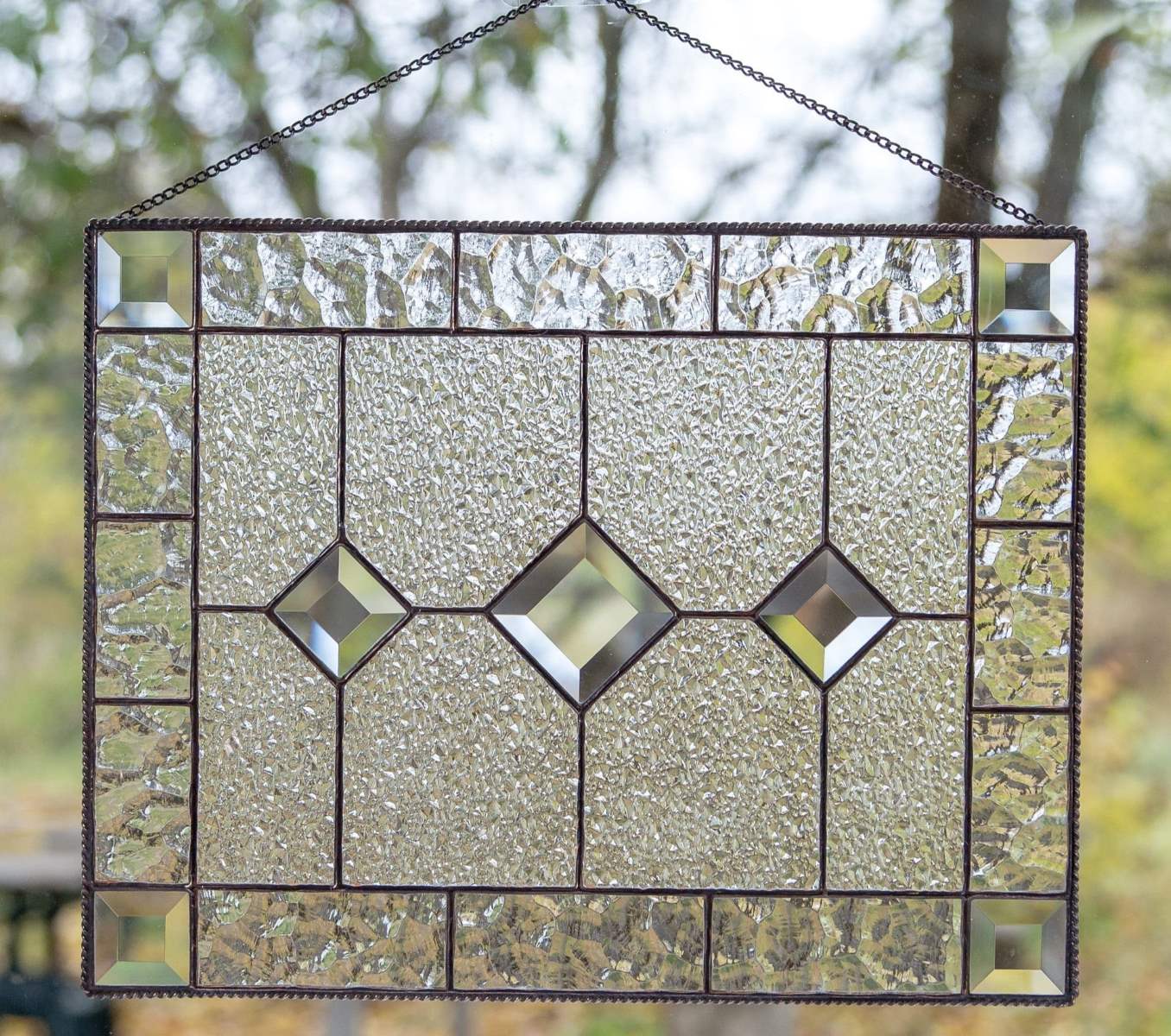



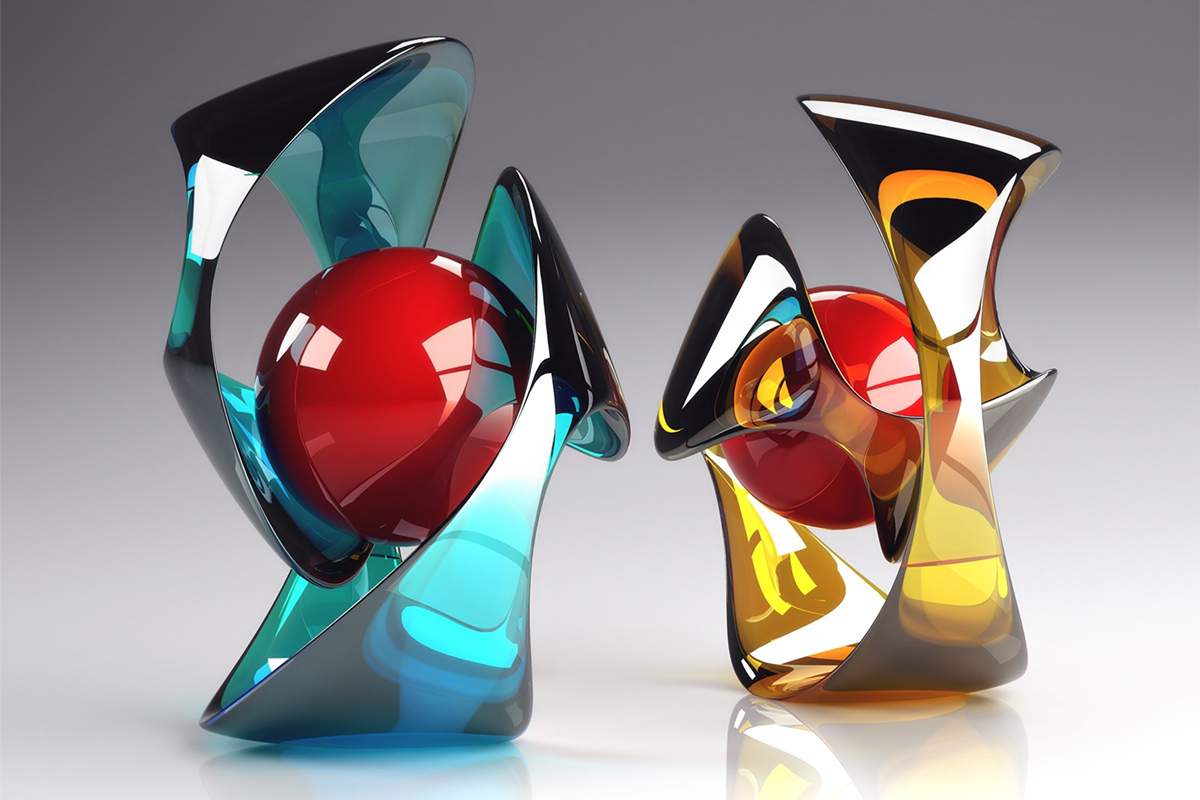
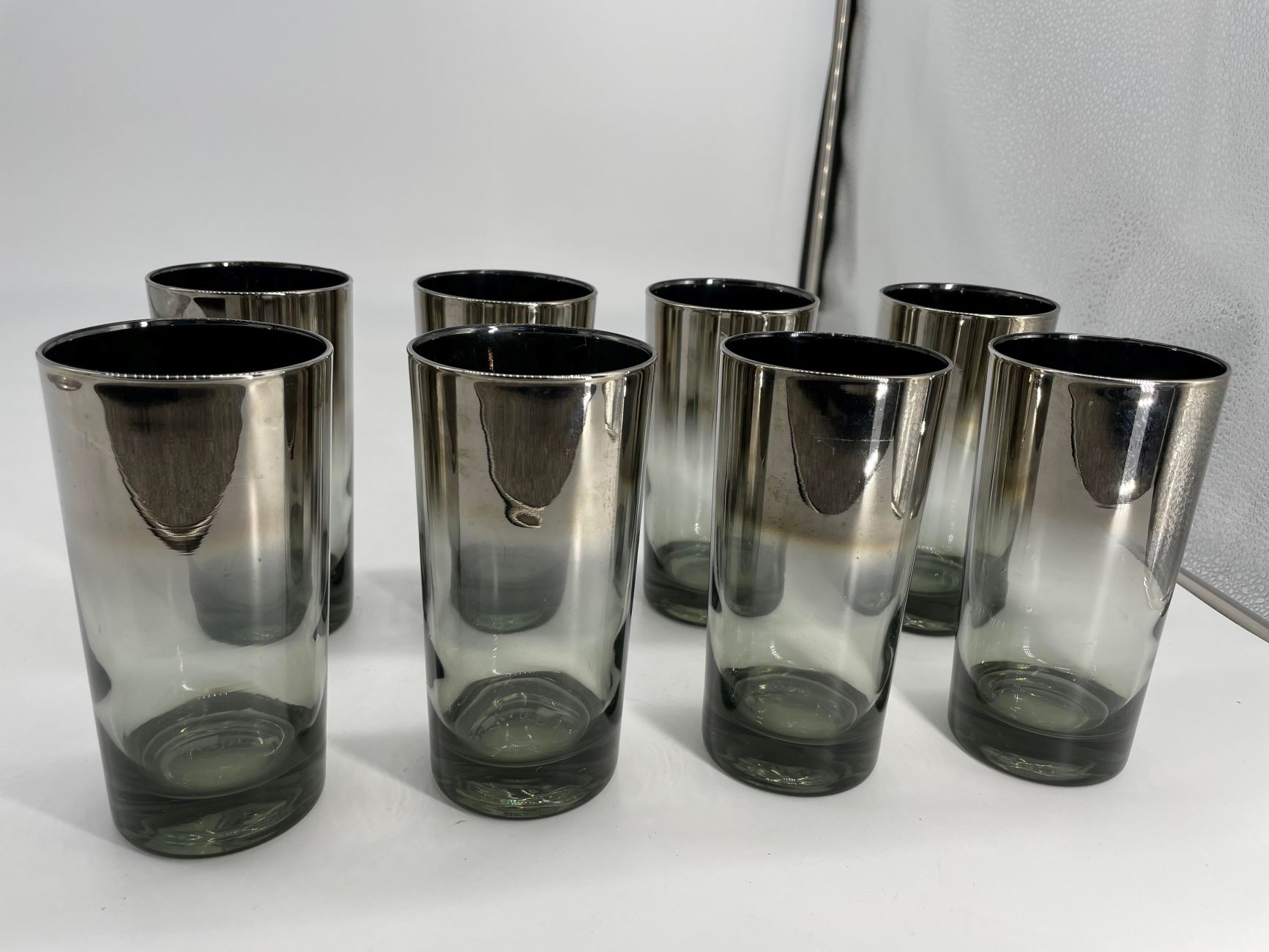
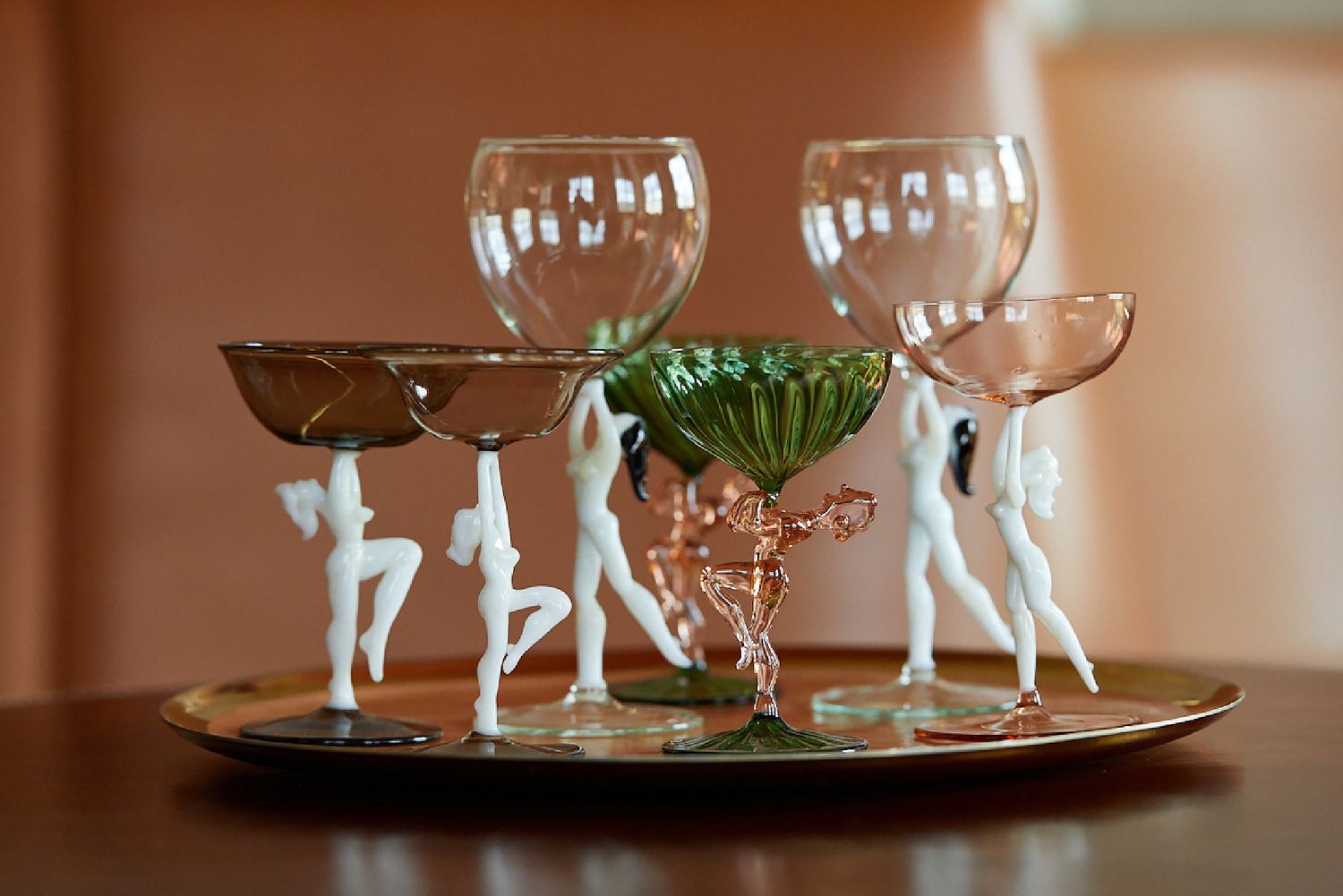
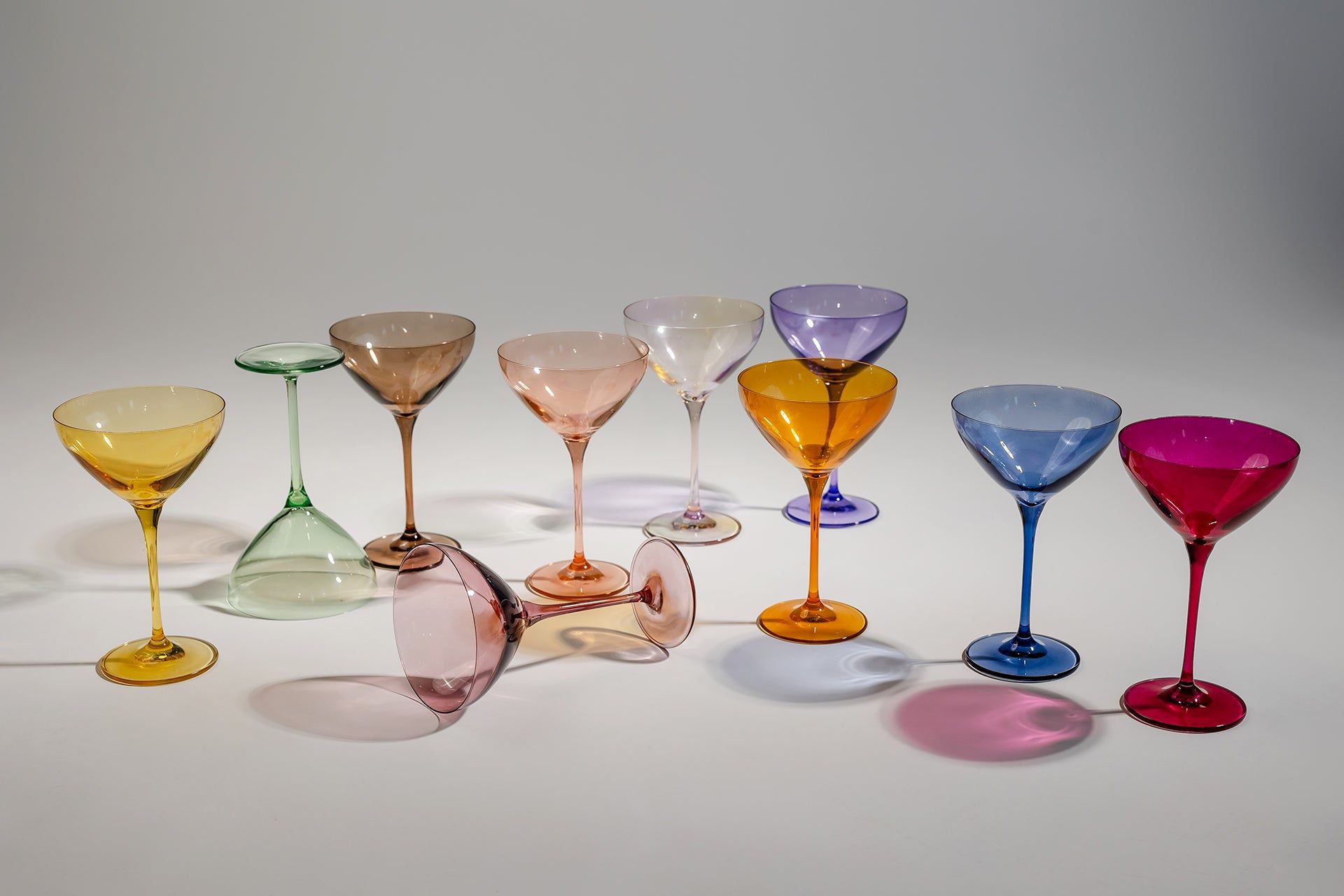
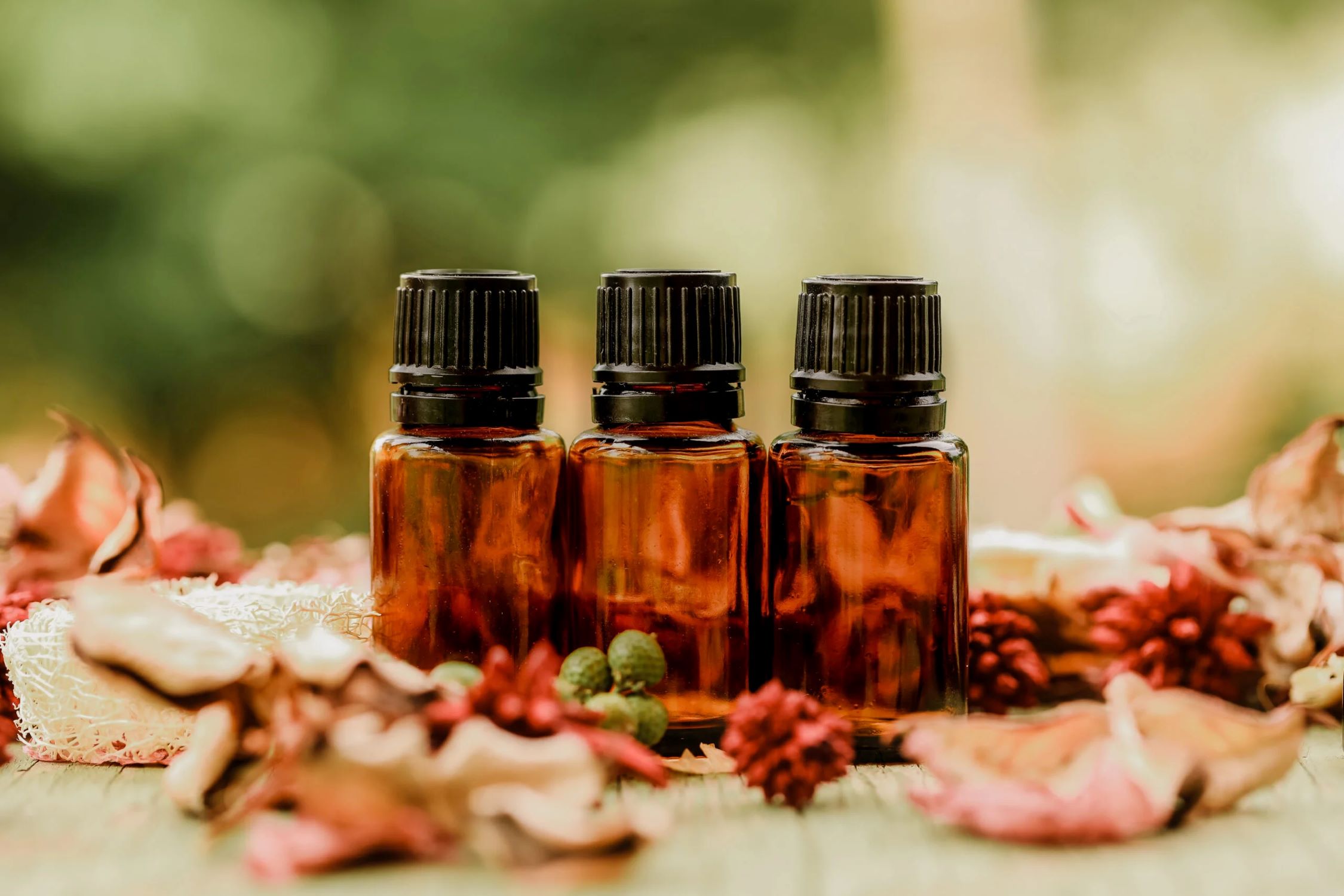

0 thoughts on “What Is Alabaster Glass”